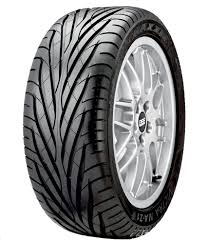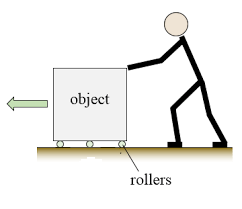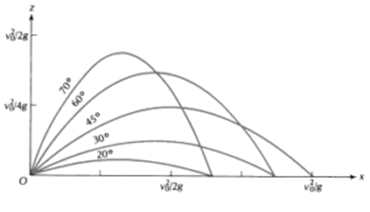Science > Physics > Electrostatics > The Concept of Electric Field When a charge is kept in a medium it sets around it, what is called an electric field. It can be represented by drawing what is called lines of force. If another charge is brought into this region it experiences a force. Due to the field, the […]
Categories
The Concept of Electric Field
- Post author By Hemant More
- Post date March 17, 2020
- No Comments on The Concept of Electric Field
- Tags Attractive force, Coulomb, Coulomb's law, Dielectric constant of medium, Electric field, Electric field intensity, Electric intensity, Electrostatics, Gravitational force, Lines of force, Lines of induction, Nature of force, Non-uniform electric field, Principle of superposition of forces, Radial electric field, Repulsive force, Static electricity, Tubes of induction, Uniform electric field, Unit of charge



